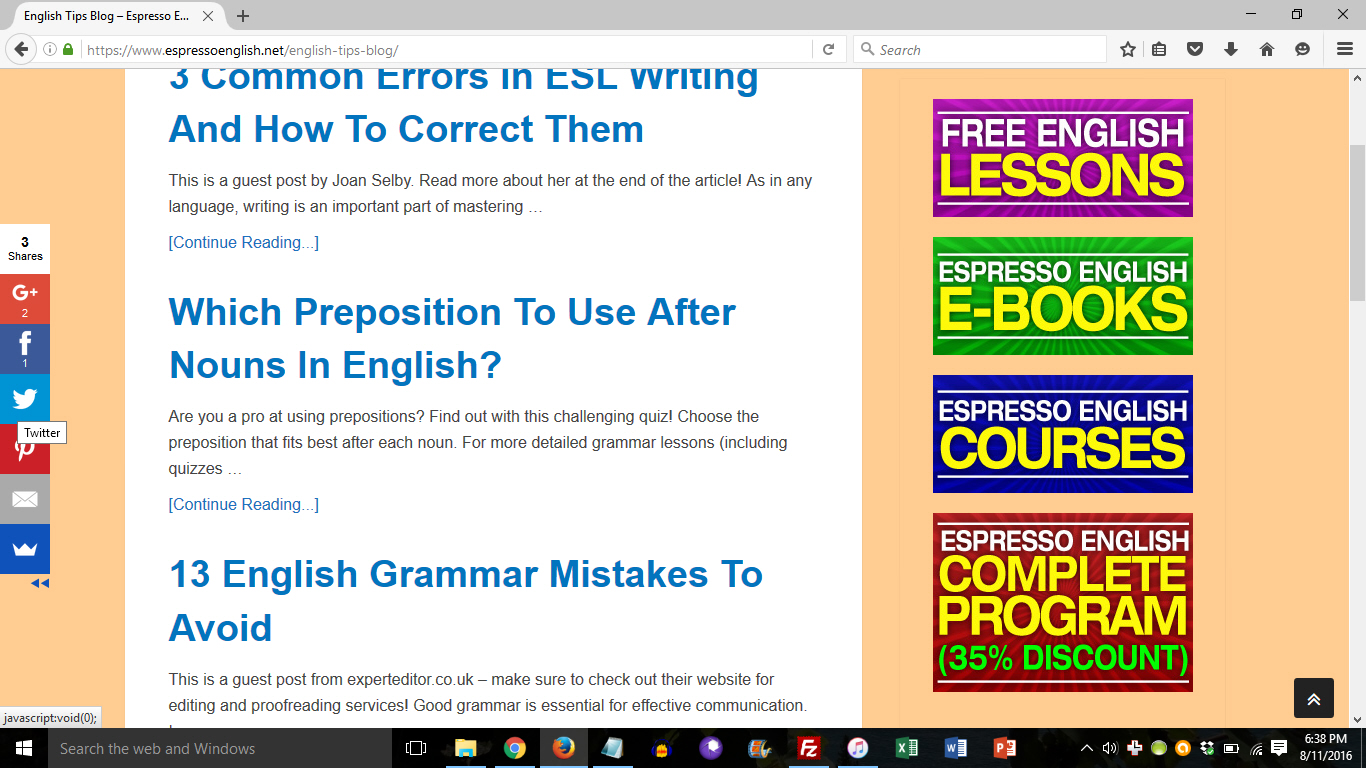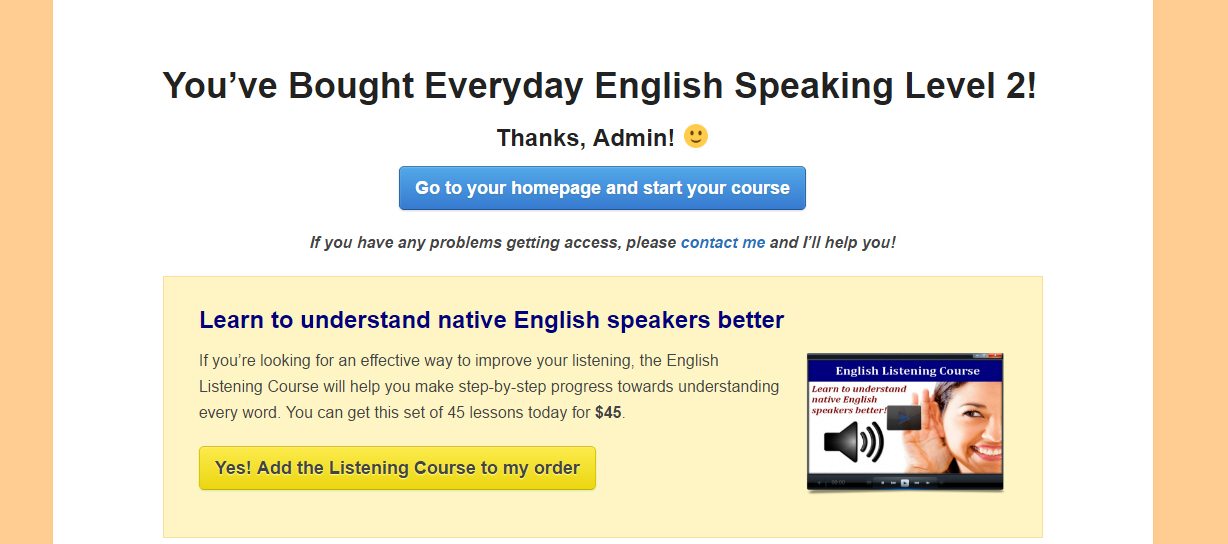Resources:
- Example of a “Last chance” e-mail during a launch
- Q2W3 Fixed Widget
- Presentation: Tactical Guide to Building an Info-product Business
- Empire Flippers redesign – why it was done / from the designer’s perspective
- Pat Flynn – Redesign 1 / Redesign 2
Notes:
In your first few years of business, you’re in a phase where you’re trying really hard to figure things out – everything from your product (or service) to your messaging, your price point, how exactly you’re gonna get leads and turn them into customers, your backend systems, even your business model itself.
It’s a time of intense experimentation. You’re studying best practices, you’re implementing them – you’re basically throwing a bunch of spaghetti against the wall and seeing what will stick. Some things you try are surprisingly successful, some strategies are a dead end, and others have lukewarm results. What works for someone else’s business might not work for yours, and vice versa.
A lot of entrepreneurs are extremely forward-thinking, so we’re always rushing on to the next experiment. But I think it’s interesting to reflect on your business and identify what were the key strategies and tactics that moved the business forward?
Because it’s important to do more of what works. Some people have the fallacy of thinking they’ve “already done” one thing, so now it’s time to find something new that will also work. Why not double down as much as possible on the strategy that’s already proven to be successful? Of course you can try new things as well, but it’s a mistake not to maximize a tactic that’s getting real results for your business.
I’ve seen some entrepreneurs who ran a bit of advertising as an experiment, and got positive ROI on it – they spent $100 for the ads and made back $150 from the resulting purchases. Then they stopped the ads and went on to try some other strategy, and I’m thinking “Why would you not ramp that up? If it’s working, why not put $1,000 or $10,000 into ads? Why not run split tests and hire a consultant to improve the ROI even more? Why not just run with that until you hit the high point?” (Obviously, when you see diminishing returns, then it’s time to stop maximizing, because you’ve already squeezed the most you could out of that strategy).
So I’d encourage you to look back on what you’ve tried in your business… find what has WORKED, and think about whether there’s a way you can do more of that. I’ll do this analysis for my own business today, and hopefully it inspires you or gives you some ideas. These are roughly in chronological order, not in order of importance. At the end I’ll let you know what I think the most important ones are.
1. Producing tons of content – consistently
This is my lead-generation machine. I’ve posted hundreds of blog posts on topics that my prospective customers were searching for; in the beginning I was posting several times a week; nowadays it’s about once a week. It took months for Google to pick me up and for organic traffic to build, but once it did, it accumulated and snowballed over time – and now my site gets half a million visitors per month.
2. Building & engaging my e-mail list from day 1
There was an e-mail sign-up box on my website from the very beginning, and I’ve e-mailed my list consistently (that’s once or twice a week) ever since. My very first newsletter went out to 12 subscribers… now I’ve got 80,000 e-mail subscribers.
I made the e-mail sign-up prominent, and I do use a pop-up. You might find them annoying, but they work like gangbusters for building your list fast. If you want something less intrusive, then I highly recommend a box that slides in from the corner, or a sticky bar that stays at the top of your site.
Keep that option to sign up in front of people, and it’s even sweeter if you offer an incentive – I offer a free phrasebook; you could offer a coupon for free shipping on their first order, a free trial of the software, a free video workshop, a cheat sheet or checklist… the possibilities are infinite.
And e-mailing your list consistently keeps you top of mind for your customers. I like weekly e-mails because they’re predictable and frequent enough, but some areas lend themselves to daily e-mails and other areas might be better with a monthly publication. The more frequently I’m in front of my subscribers, the more they buy. And that’s not just constant sales e-mails – I’m sending them useful and interesting content, with the option to buy if they want to go further.
3. Moving to a better site design and server
When I started my site, I was on Bluehost – on their cheapest plan. I also had a free wordpress theme that I thought looked decent at the time. It was good for getting started – but about 9 months in, I was starting to get enough traffic that it was slowing the site down to a crawl.
So I moved to WPengine, which at the time was about 5x more expensive – and that was not an easy decision, because I still wasn’t making much money yet. At the same time, I figured I’d update my WordPress theme to a cleaner, more professionally designed one – it cost about $70 if I recall correctly.
I wasn’t expecting it to have much of an impact, but my site became MUCH faster, my traffic saw a noticeable rise, and my sales went up, too. I think people were more comfortable buying from a website that didn’t look so “homemade,” if you know what I mean.
4. Selling courses before creating them
The fourth thing that was a major growth engine was to sell courses before they existed. I described this a little more in episode 4 about major mental breakthroughs, but essentially I put a sales page up, asked people to buy and told them I’d deliver the course on a specific date in the future.
Nowadays there are even more tools to help you do this, with Kickstarter and things like that. This strategy provided an enormous boost to my business, and the only thing I’ll say about that is be CERTAIN you can deliver the product on the timeline you set… otherwise it’ll backfire. Make sure to communicate with your customers throughout the process.
5. Having a deadline on launches
I’ve done new product launches without a deadline to buy and launches with a deadline, and having a deadline doubles sales for me every time – regardless of the price of the product. There’s a neat little comparison graph in the show notes showing you a few of my launches with and without deadlines.
The fact is that we human beings are lazy and we procrastinate, and if there’s no urgency to buy something, then people often tend to put it off forever. But having some sort of deadline or cutoff for the opportunity to buy will shoot your sales way up, especially on the last day.
There are a few ways to do this – you can have a date after which the product closes or goes away. Some people close their online courses for enrollment, or maybe an event where the tickets sell out – telling your leads about this will amp up the urgency to buy it now so they don’t miss out.
My courses are always open and I don’t limit enrollment, so here’s how I create urgency. I have either an early-bird price or an early-bird bonus, and after the deadline the course stays open but the special price or the bonus goes away. This type of thing rewards your early adopters, and your superfans will love it.

I don’t believe there’s a perfect product launch formula, but when you do launch something new, do it with fanfare. Create excitement, educate your audience about it, provide testimonials from some people who have been beta-users or who you’ve granted early access… and offer them a special lower price or a bonus if they buy before the deadline.
Don’t forget to send a friendly “Last chance” reminder e-mail on the final day. I’ll link to an example of one of mine in the shownotes. I guarantee you’ll be thrilled by the number of sales that come in at the last minute.
6. Making sure the opportunity to buy is always present
I had a major epiphany one day when rooting around in my analytics… I discovered that over 80% of my website visitors never made it to any of my sales pages. There were thousands of people reading my website, who had no idea I even sold anything!
Nowadays I’m using a sticky sidebar plugin – it’s called the Q2W3 Fixed Widget – to keep four major elements on-page at all times. I’ll have a screenshot of this in the show notes, but the four elements are:
- Free English Lessons (this leads to my e-mail opt-in)
- E-books
- Courses
- Complete Program
The latter three are all paid products.

The sticky sidebar widget keeps these boxes on the screen at all times
All of my e-mail newsletters also contain a relevant product – so if I send a free lesson on English phrases for meetings, I include an encouragement for people to check out the Business English Course. That’s part of the “always present, never pushy” sales strategy that I also described in episode 4.
And my regular e-mails have subtle links to my paid products in my e-mail signature – it says Shayna Oliveira, teacher at EspressoEnglish.net and right under that, check out my e-books and courses with links to those pages.
7. Ethical upsells and bundling products
For a long time I resisted the idea of using upsells – that’s when you encourage someone to add another product to their cart, or to buy something more expensive – because I’d only seen them done poorly.
You know, like when after you buy something, you get to this page that says, “BUT WAIT… DON’T MISS THIS SPECIAL ONE-TIME OFFER!!!” and it has red arrows and neon buttons and exclamation points. I hated that; I found it tacky and pushy, and I didn’t want to subject my customers to it.
But then I thought about what Amazon.com does – it doesn’t get in your face, but it does show you related products that you might enjoy. So I changed my confirmation page to have, first of all, the purchase confirmation… but under that, a nice neat little box that suggests an additional product. If you go to the show notes for this episode at entrepreneursinmotion.com/growth, you can see a screenshot.

An upsell on my confirmation page
And a lot of customers are taking me up on that upsell! I haven’t run the hard numbers, but just monitoring the sales I see a lot of double and even triple purchases from the same customer one right after another.
The other thing I did on a whim was to bundle all of my products into what I call the Complete Program – all 9 courses and 3 e-books. The total price would be $350, but I discount it to $227. And to my surprise it started to sell very well – initially being responsible for about 30% of my revenue, but now it’s nearly half.
So if you have multiple products and you can’t or don’t want to raise prices, consider putting them together into bundles, it can really raise your average purchase price. That also goes for software and subscriptions – always, always, always have an annual plan in addition to month-to-month. A certain percentage of people will take you up on it. I’m one of those people; I pay WPengine annually at a discount.
So to recap, the seven major drivers of growth in my business have been:
- Producing content consistently
- Building and engaging an e-mail list from day 1
- Moving to a better website design and server
- Selling courses before creating them
- Having a deadline on launches
- Making sure the opportunity to buy is always present
- Ethical upsells and bundling products
If you’re interested more specifically in tactics for growing an information product business (selling books, courses, etc.) head over to the website, that’s entrepreneursinmotion.com/growth – where I’ve posted a detailed guide to building your audience, selling information products, and maximizing revenue.
Try to take some time to think about your business’ most successful strategies – and if there are any you’d like to share, please share them in the comments… they might spark some ideas for another listener or reader. Again, that’s entrepreneursinmotion.com/growth for this episode.


